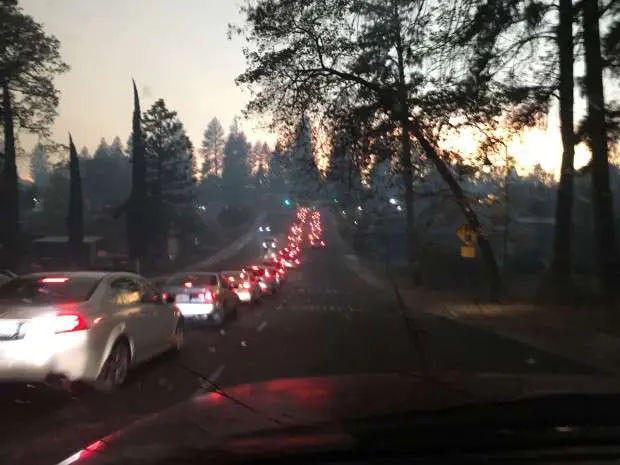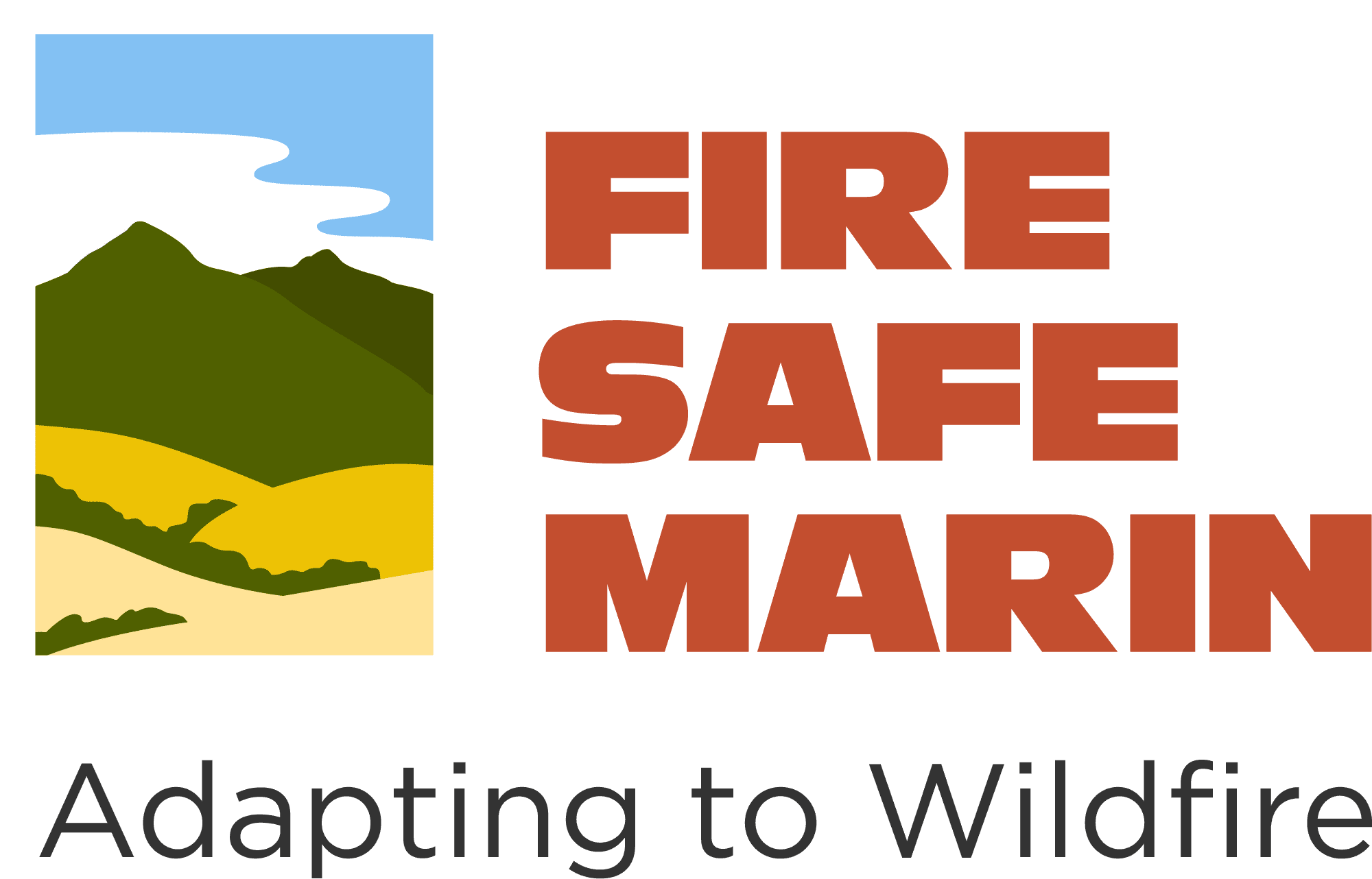
2017 and 2018 have marked a year of lessons learned for communities and firefighters across California. In 2017, less than 1 year ago, the Tubbs Fire in Santa Rosa broke the record for homes destroyed by a single wildfire in modern US history. One month later, the Thomas Fire in Southern California became the largest wildfire in California history. Those records didn’t last long. The Camp Fire in Butte County started two days ago and is now the most destructive wildfire – burning nearly 7,000 12,000 19,000 structures (13,972 residences, 528 commercial and 4,293 other buildings) and destroying an entire city in just a few hours. The 2018 Mendocino Complex fires shattered the Thomas fire’s record after only 8 months, burning almost 3 times the area of what is now the second largest California fire.
While it’s too early to know exactly what we’ll learn from the Camp Fire, stories coming home from the front-lines reinforce a few important points about evacuations and protecting homes.
Evacuations
Follow our evacuation preparedness guidelines carefully. Evacuate by car! Never abandon your car in the road! You’re almost always safer inside your vehicle – don’t assume because you heard reports that some residents were killed or injured in their cars that you’ll be safer outside or on foot. Your car provides an amazing amount of protection from the heat, smoke, and embers during a wildfire. Roll your windows up, keep the inside air turned on, turn on your headlights, and drive slowly and safely. Stay on pavement, and most importantly – DON’T PANIC. Learn more…
Protect Your Home From Embers
Embers are the most significant cause of home ignitions during wildfire. While defensible space and good plant selection is important, keeping a clean property free of leaves, pine needles, and other combustibles (especially on or near the house) is even more important! Early images from the Camp Fire show what firefighters have long known – in many cases, the trees and vegetation never burned! Homes, businesses, and buildings were ignited directly baby falling embers. A simple act like cleaning your roof and rain gutters may be enough to save your home!
The good news? You can take steps TODAY to protect your home from embers and prepare your family for evacuation. Don’t wait until it’s too late.







